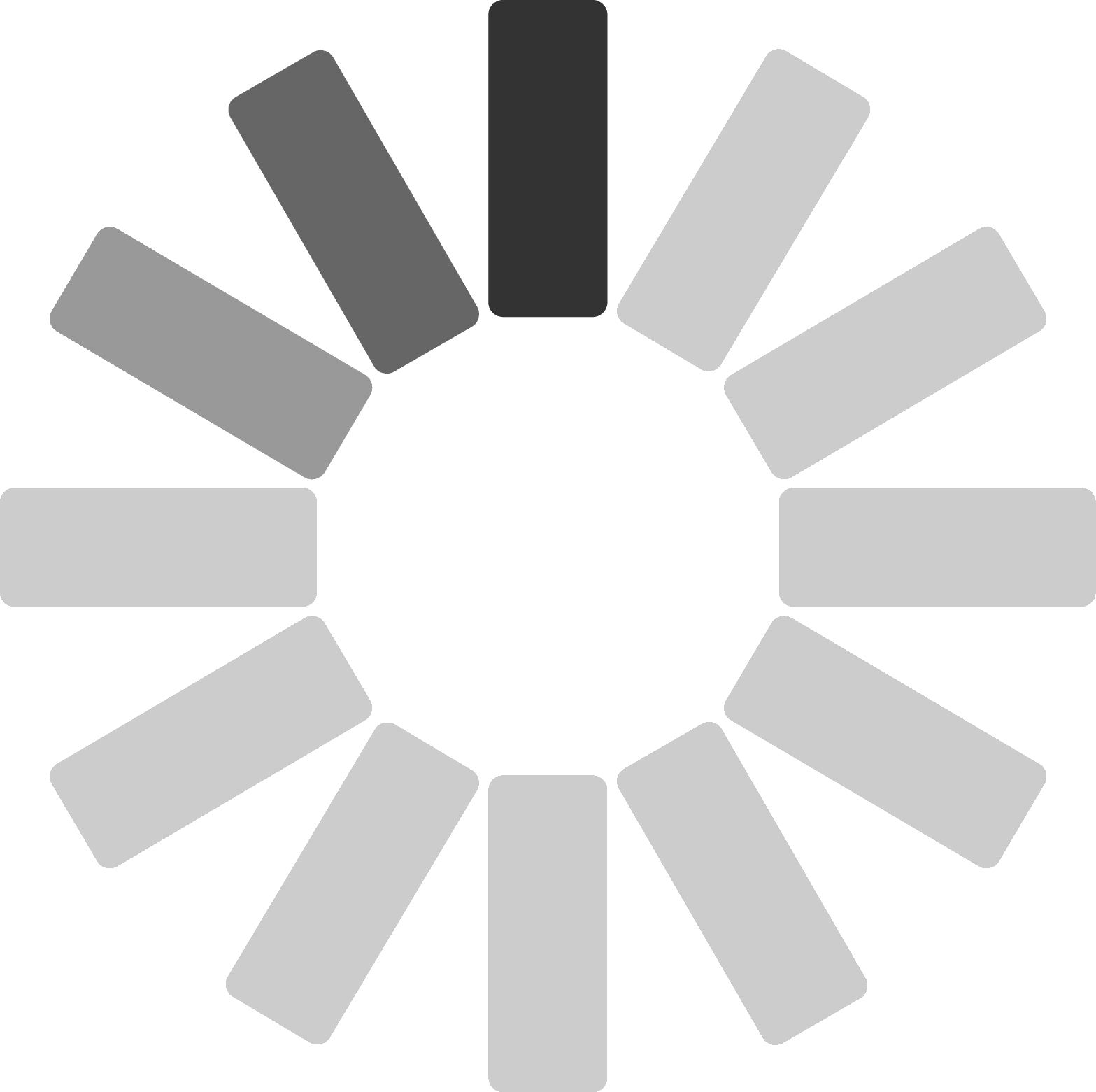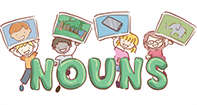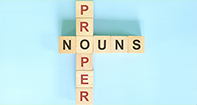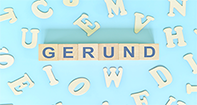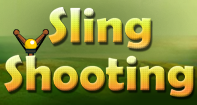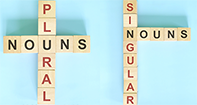Change Avatar
Singular And Plural Nouns
Singular And Plural Nouns
Singular Plural Trouble is an amazing game designed for Kindergarten kids where they have to identify whether a noun is singular or plural. In this game, kids would be required to make way through flying disks down into the domes. They would need to identify the the given word on the space shuttle as singular noun or plural noun, and using arrow keys land the space shuttle in the correct glass dome. This game not only tests their knowledge of singular and plural nouns, but also improves their hand eye coordination.
How to play Singular And Plural Nouns
What is a Noun?
A noun is a person, place, or thing, but can also be a feeling, idea, or concept. The general rule of thumb is if you can put an article like a, an, or the in front of the word, it’s a noun!
Examples of nouns in those categories are:
| Person | Place | Thing | Feeling | Idea | Concept |
|---|---|---|---|---|---|
| mother | house | rock | sadness | love | culture |
| teacher | zoo | zebra | confusion | freedom | energy |
| Mr. Nguyen | White House | Rubik’s Cube | fear | laughter | government |
Remember that proper nouns are ALWAYS capitalized. There are several different classes of nouns, like proper, common, count/noncount, abstract, compound, gerund, and collective.
We’re going to focus on their FORM - either singular or plural.
What's a Singular Noun?
The word “singular” means “one,” and that’s exactly what a singular noun is - only one person, place, or thing.
Examples include a dog, a cat, a skyscraper, a pencil, or a cup.
What's a Plural Noun?
The word “plural” means “more than one,” so a plural noun refers to more than one of a person, place, or thing.
Examples include dogs, cats, skyscrapers, pencils, and cups.
How does a Singular Noun become a Plural Noun?
As you can see, singular nouns can be changed into a plural form, usually by adding the letter -s to the end of the word. But that’s not always the case…
Let’s take a look at the rules for forming plural nouns.
#1 - In general, you can add an -s to the end of a singular noun to make it plural.
Examples: student - students, school - schools, monkey - monkeys
#2 - If it ends in -S, -X, -Z, -CH, -SH, or -SS, you add -es to the end to make it easier to pronounce.
| Word | Ends In | Add -ES |
|---|---|---|
| bus | S | buses |
| fox | X | foxes |
| buzz | Z | buzzes |
| bench | CH | benches |
| bush | SH | bushes |
| glass | SS | glasses |
#3 - If it ends in -F or -FE, drop the -F or -FE and add -VES.
| Word | Ends In | Drop -F or -FE | Add -VES |
|---|---|---|---|
| wolf | F | wol- | wolves |
| calf | F | cal- | calves |
| shelf | F | shel- | shelves |
| knife | FE | kni- | knives |
| loaf | F | loa- | loaves |
Exception! If the noun ending in -F has two vowels before the -F, you usually just add an -S.
Examples: roof - roofs, chief - chiefs
#4 - If the noun ends in -O, there are two separate rules depending on what letters come directly before the -O:
| vowel + -O=ADD -S | radio ➤ radios zoo ➤ zoos kangaroo ➤ kangaroos |
| consonant + -O=ADD -ES | tomato ➤ tomatoes hero ➤ heroes domino ➤ dominoes |
#5 - If the noun ends in a consonant + -Y combination, drop the -Y and add -IES.
| WORD | Ends In consonant + Y | Drop the Y | ADD -IES |
|---|---|---|---|
| candy | -dy | cand- | candies |
| cherry | -ry | cherr- | cherries |
| baby | -by | bab- | babies |
#6 - Sometimes the word just doesn’t fit the rules! These are called irregular plural nouns, and you just have to know them! Sometimes it’s just the same word, but there are some odd forms as well.
SAME WORD
| Singular Word | Plural Form |
|---|---|
| deer | deer |
| sheep | sheep |
| cattle | cattle |
| moose | moose |
ODD FORMS
| Singular Word | Plural Form |
|---|---|
| person | people |
| tooth | teeth |
| goose | geese |
| mouse | mice |
Have fun learning the plurals, but remember the simple rules above. The more you read, the more natural it will become to instinctively know which plural form sounds and looks right!


